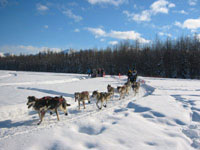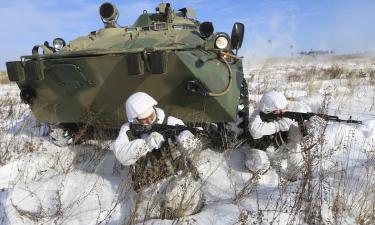Census in U.S. Starts from Alaska
The U.S. Census head off Monday with Census Director Robert Groves to remote Noorvik, Alaska, to deliver a questionnaire to a World War II veteran.

Graves and other Census-takers traveled to the Inupiat Eskimo village, situated above the Arctic Circle, to collect information from Clifton Jackson, 88, as part of an effort to ensure Alaskans are counted in the once-a-decade Census.
The state's geography, climate and demographics are such that the Census Bureau must begin counting Alaskans early and in person -- or risk missing a large part of the state's population, officials said. Many live in villages so remote they have no roads and receive mail through a post office box, a no-no as far as trying to deliver a census form.
Traveling to the villages in winter for the census is necessary because waiting until after the April 1 start date could mean poor traveling conditions because of snow melt and missed citizens because they left for their summer camps.
"Alaska Native people ... as much as they have this independent spirit, they do want to be counted," Ingrid Zaruba, an analyst with the Alaska Department of Labor and Workforce Development. "If the community needs a fire truck, or training for (emergency medical personnel) or they need a senior center, small communities are more aware now than ever before that the amount of (government) funds is based on the number of people in a community."
UPI.com has contributed to the report.
Subscribe to Pravda.Ru Telegram channel, Facebook, RSS!





